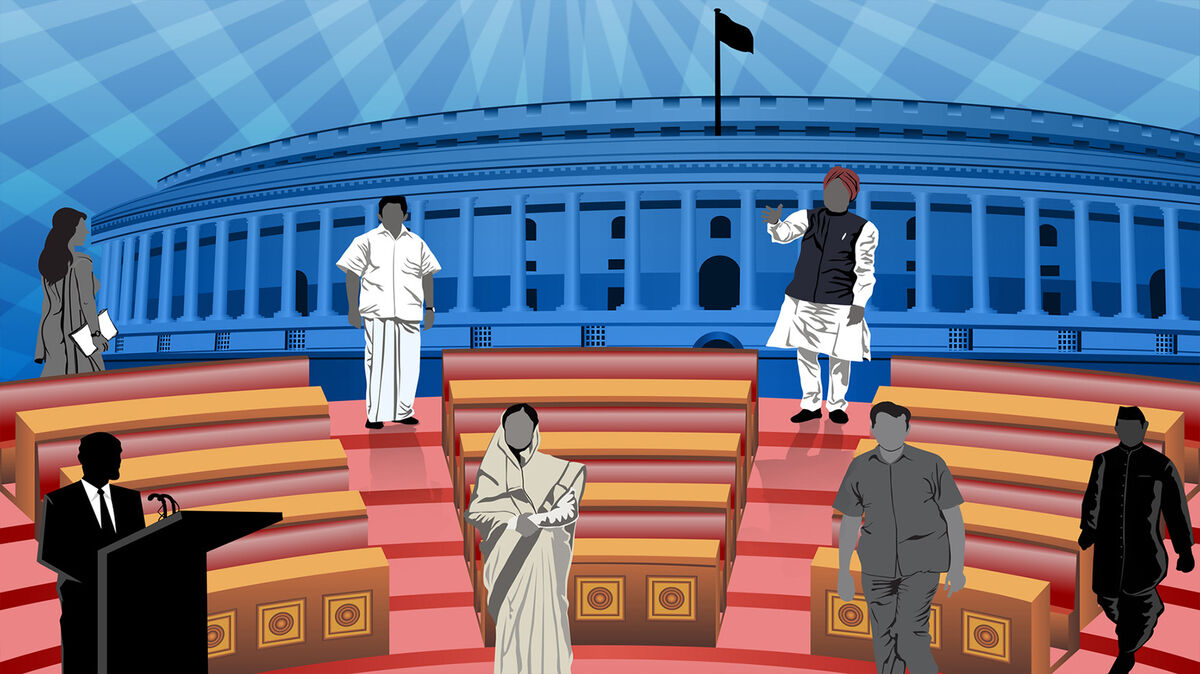
If the people who live in your country are able to participate in free and fair elections to decide which political leaders are in office, that means you live in a representative democracy. Learn more about what is a representative democracy, including common characteristics and a few examples of countries with this form of government.
What Is Representative Democracy?
Representative democracy is a form of government in which the citizens of the country elect some or all of the country's leaders at the highest levels of government. Elected officials are tasked with creating laws and making executive decisions on behalf of the population.
Representative Democracy vs. Direct Democracy
Representative democracy is sometimes referred to as indirect democracy. This is because the citizens themselves don't directly establish laws or decide policies. Instead, they exert influence indirectly, by participating in the process of electing the governmental representatives who handle such matters. Conversely, a system of government in which the citizens directly vote to decide on laws and policies themselves is a direct democracy.
Characteristics of a Representative Democracy
Most indirect democracies share several characteristics in common.
- governing framework - Representative democracies typically have an established framework within which the government must operate. For example, in the United States, the Constitution functions as the country's governing framework. It establishes election procedures, checks and balances, separation of powers, which roles must be elected, and other basic principles.
- elected legislature - In a representative democracy, at least part of the legislative body is elected for the people. In most, this is the case with the entire legislative body.
- independent judiciary - There is generally an independent judiciary body in a representative democracy. This body has the power to determine whether or not laws enacted by the legislative body are consistent with the constitution (or other governing framework) for the country.
- appointment of officials - Representative democracies provide mechanisms by which elected officials can appoint people to serve in certain roles. For example, the U.S. president can appoint cabinet members with the approval of Congress. In the event a new vice president is needed, the president can appoint one rather than holding another election.
Representative Democracy Examples
Virtually all modem democratic governments are examples of representative democracy.
- United States - The federal government of the United States of America is a representative democracy. The people elect the president, members of the House of Representatives and members of the Senate. Within each state in the U.S., citizens elect their governor and legislators.
- United Kingdom - The United Kingdom is a representative democracy. The Prime Minister is elected, as are members of the House of Commons. Members of England's House of Lords are appointed by the monarch (queen or king). Together, the two houses comprise Parliament.
- Canada - Canada is a representative democracy, with the people electing the Prime Minister and the Members of Parliament (MPs) who serve in the House of Commons. The queen or king of England is also the monarch of Canada. The monarch is represented by the Governor-General, who appoints the members of Canada's senate.
- Australia - Australia is a federation of six states. The country is led by a prime minister who is elected by the citizens. The country is also part of the British Monarchy. Even so, members of the Senate and House of Representatives (which combine to form parliament) are all elected by the people. The country's states and territories have their own parliaments.
- New Zealand - New Zealand is also part of the British monarchy. Their constitutional republic is similar to Australia's with the people electing the prime minister and all positions within parliament.
- India - In India's representative democracy, the people elect both a president and a prime minister. The president commands India's military forces, while the prime minister presides over parliament. Parliament consists of The House of the People (Lok Sabha), which is elected by the people, and The Council of States (Rajya Sabha), which is partially elected by the states and territories and partially appointed by the president.
Learn More About Democracy
Democracy is a fascinating topic, as is the subject of government in general. Do you want to learn more about government? Now that you have a good idea of what is representative democracy and how it works, take the time to learn about the different types of democracy. From there, move on to explore different types of government around the world.